Last week, Boom Supersonic’s XB-1 prototype again hit a new milestone that brings the dream of supersonic Hawaii travel closer to reality. For just how close, read on.
The ninth test flight reached a top speed of Mach 0.87 and an altitude of 27,716 feet, clearing critical hurdles ahead of the first supersonic trials, which are about to begin. Boom previously expected the first supersonic flight to occur this month but has just announced that it is being pushed back to “early 2025.”
Nonetheless, this likely second-to-last pre-supersonic flight marks a pivotal moment in Boom’s journey, one that has the potential to reshape the way travelers experience the skies across the Pacific. Boom’s achievements reflect the potential of supersonic travel to transform Hawaii flights, reducing travel times by half while addressing environmental challenges.
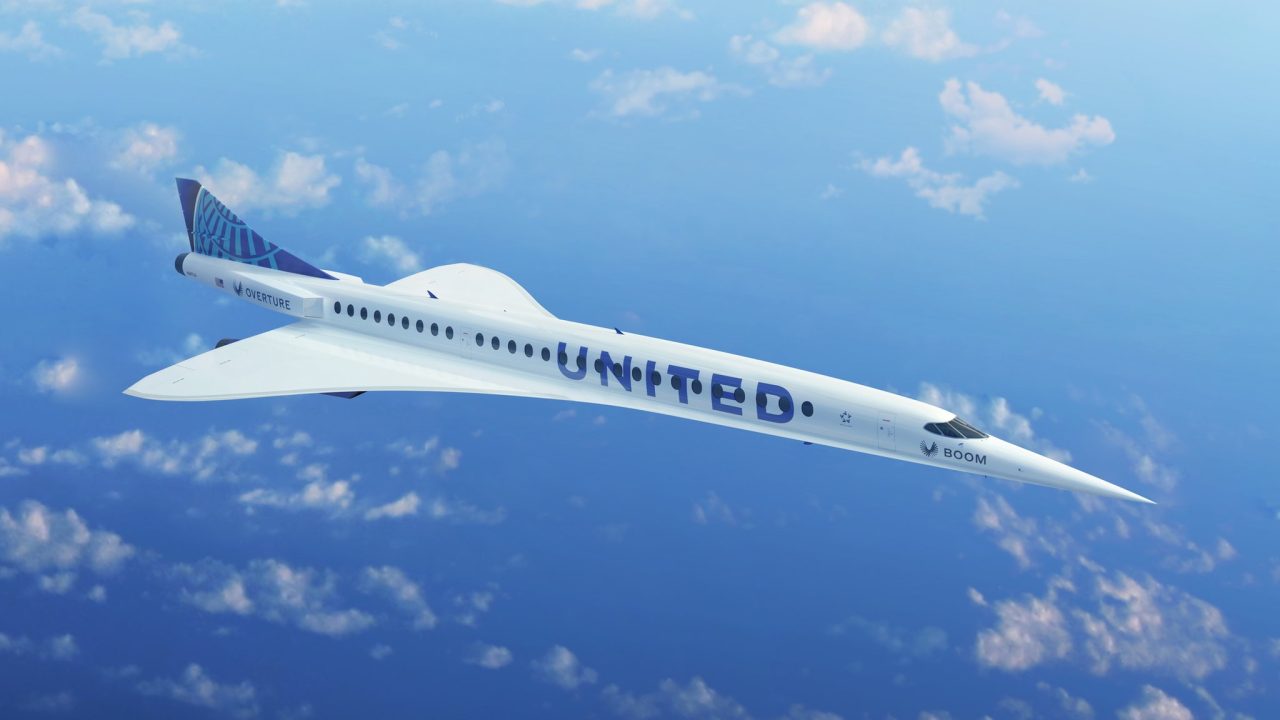

The record-breaking test flight.
Boom’s chief test pilot, Geppetto Brandenburg, piloted the XB-1’s most recent nearly one-hour flight, which showcased improvements critical for the prototype’s supersonic ambitions. These included durability and aerodynamics, highlighted by Boom’s use of Hawaii-related shark skin-inspired materials that reduce drag and fuel consumption. The flight validated other test systems, ensuring the aircraft’s stability at higher speeds and altitudes.
Not all readers, however, are convinced of the XB-1’s significance. As Mark H. commented, “This is just a test plane and doesn’t represent the final passenger version. It’s great progress, but let’s not confuse it with what the Overture will look like.” Mark’s observation reflects obvious skepticism among some who question how this prototype ties into Boom’s next ambitions: commercial supersonic planes.
Key achievements from last week’s flight included a new top speed of Mach 0.87 and a record altitude of 27,716 feet. This is all set to prepare for the XB-1’s first supersonic flight in early 2025.
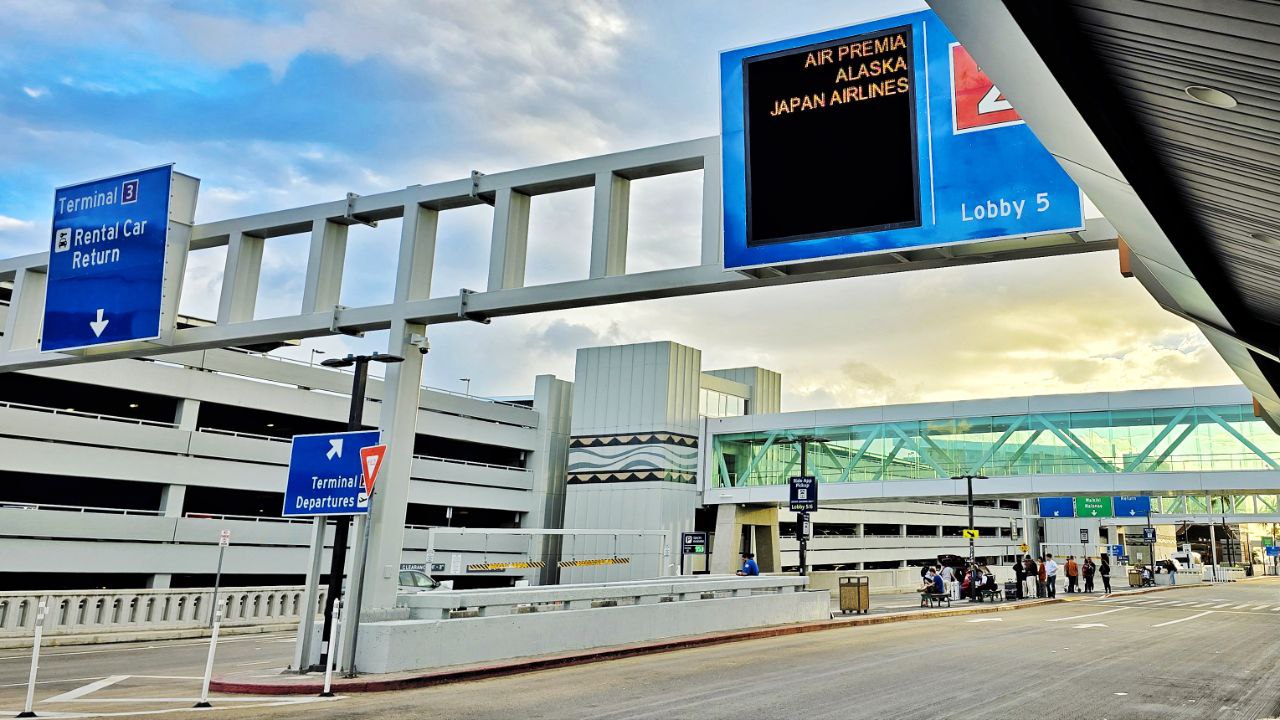

What supersonic travel means for Hawaii.
For Hawaii travelers, the promise of supersonic flight represents more than speed—it’s about accessibility, efficiency, and a reimagined island travel experience. It’s hard not to fantasize about cutting flight times from the West Coast to Hawaii to under three hours, creating new opportunities for shorter getaways, and reshaping the islands’ tourism model.
Still, questions remain about whether supersonic travel will be accessible to everyone. Reader Kelly M. shared, “Supersonic sounds exciting, but if ticket prices are only accessible to the wealthy, I’m not sure what it means for the average traveler.” Her concerns echo a broader conversation about whether this technology will primarily serve high-income individuals, leaving many leisure travelers priced out entirely.
Hawaii has long been a proving ground for aviation innovation. Airlines flying to Hawaii have historically tested new technologies here, from widebody jets like the Boeing 747 and DC-10 to advancements in premium cabin layouts.
The islands were also an important part of the development of ETOPS certification, which allows modern-day twin-engine aircraft to cross long stretches of ocean safely. More recently, biofuel research and sustainable aviation practices have become considerations for Hawaii routes, further solidifying the islands’ role as a testing ground for new technologies.
Boom’s supersonic advancements may, in part, continue this legacy, making Hawaii a potential flagship destination for their commercial Overture jets, set to debut in the early 2030s.
Supersonic flights to Hawaii could also bolster the state’s economy by attracting high-value travelers who prioritize convenience, as the state envisions.
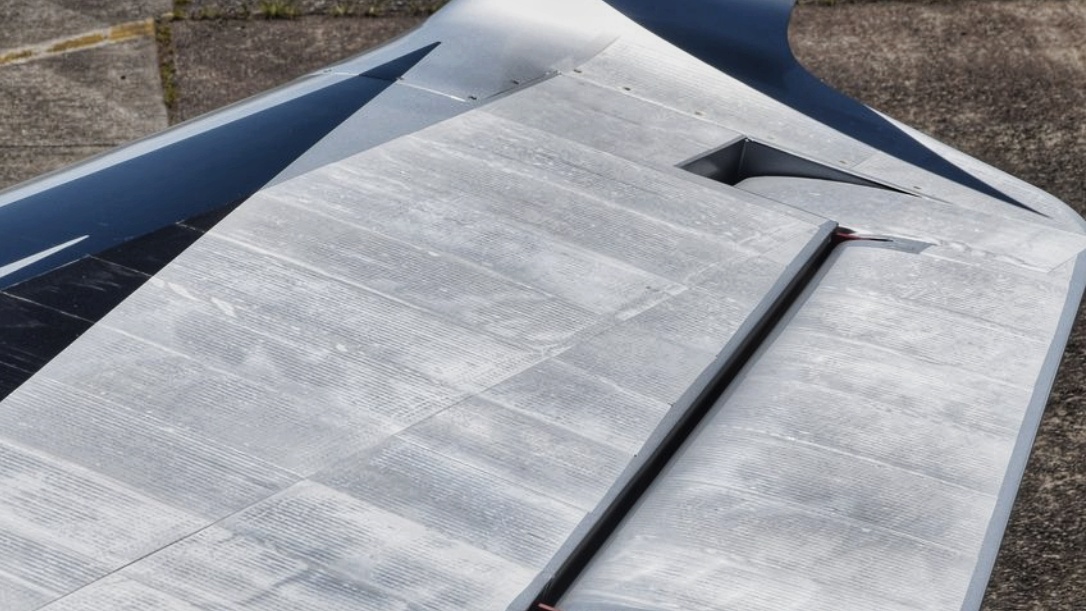

Shark-skin for Boom’s environment stewardship.
One of the standout features of the XB-1’s latest test was the application of a new shark skin-inspired material, developed by the Australian firm MicroTau, to its underbelly. This innovation, tested in collaboration with the U.S. military, is designed to reduce drag, fuel consumption, and emissions. These are key concerns for Hawaii, where balancing tourism and environmental concerns is critical.
Regular commenter and aviation guru DICKIE_D. offered his perspective on the matter, writing, “SST commercial flights = costs in the extreme—targeted passengers are mostly high-end business/first-class pax—limited or no supersonic flights over the USA—noise, and more noise in and around airports requiring $$$ for much larger noise zones.” His concerns underscore the broader challenges of balancing environmental impacts with the benefits of faster travel.
Boom’s focus on sustainability aligns with the growing emphasis on greener travel options. If supersonic can deliver both speed and reduced environmental impact, that might lead to a warmer Aloha in Hawaii, which wants to be at the front of eco-tourism initiatives. For travelers, the prospect of faster flights with a smaller carbon footprint is an enticing combination.
Overcoming hurdles to supersonic success.
While Boom’s progress is impressive, challenges remain. As pointed out, supersonic jets face regulatory hurdles, particularly noise restrictions over land. Therefore, they would be viable over water between the West Coast and Hawaii and internationally. Additionally, the cost of tickets may limit viability.
As Boom inches closer to its goal, readers, including Courtney, remain cautiously optimistic, adding, “I’d rather do that than fly 8 hours from Sacramento to Hawaii, but I wonder if this is really something we’ll see in our lifetime.” Courtney’s comment reflects the hope many share for faster Hawaii travel, tempered by skepticism about cost, timelines, and overall feasibility.
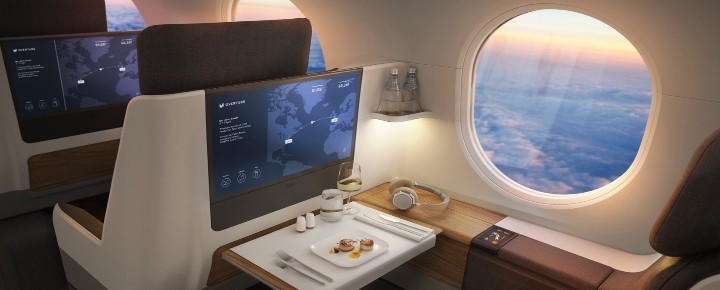

What next for Boom and Hawaii?
Boom Supersonic’s development timeline included plans for ten test flights of the XB-1 prototype, with the last flight expected to lead to supersonic flights in the next few months. Once the XB-1 completes these, the focus will shift to Boom’s pièce de résistance, Overture, the commercial supersonic jet. Designed to carry 65 to 80 passengers, the Overture aims to connect Hawaii with key international and mainland markets faster than ever.
Boom’s Overture project has garnered support from major airlines, including United. American Airlines also committed to purchasing up to 20 Overture jets with options for 40 more, while Japan Airlines has partnered with Boom and pre-ordered up to 20 aircraft. These commitments signal strong speculative industry confidence in Boom’s vision for a new era of supersonic flight, with Hawaii poised to become one of the key destinations in this transformation.
The islands’ unique position as a long-haul destination makes them one of the ideal proving grounds for supersonic innovation. For Hawaii travelers, the countdown to a new era of aviation—and a faster, more sustainable way to reach the islands—is beginning.
Get Breaking Hawaii Travel News
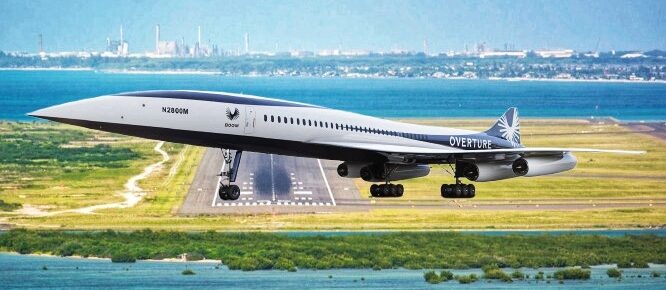

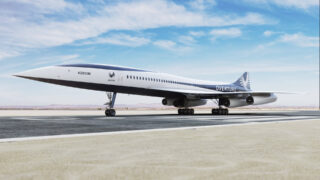
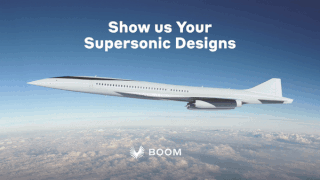
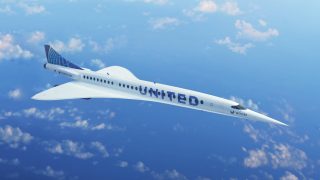

The Overture and SSBJ must live with ICAO4 takeoff noise limitations, which create a severe 2nd Requirement for any Supersonic engine – part power departures Only!
Passengers will love CAT Shots. That was easy. 0 to 200 MPH in 4 seconds.
If this aircraft ever does see the light of day, I seriously doubt we’ll see them deployed to leisure destinations such as Hawaii.
Like the Concorde before it, expect to pay a premium for the speed (and fuel burn) and thus, it is likely only ever going to be found on premium-heavy destinations like SF/LA-Tokyo, or JFK-London or Paris.
The arc of history says this will happen at some point. Weather it’s this time or not, only time will tell. From sailing ships, to ocean liners, to Pan AM clippers, to prop airliners, to jets airliners, the speed has gone up and the cost has gone down.
Right now that 5.5 hr flight means they are flying at about 450 mph for 2400 miles coast to coast. If that can be pushed to closer to 600 mph it would knock 1.5 hrs off the flight time and still be under mach 1.
Many point to the first SST’s as examples but they were, at that time, pushing the envelope of 1960s technology. It should be noted that Boom is not the only one working on reducing sonic booms, but NASA is as well with their X-59. Throw in shark skin, sustainable fuels and whatever else is out there and it will happen eventually. After all those crazy Wright brothers proved the naysayers wrong by showing that, yes, man could fly even though God had not given him wings, but he did give him a brain to solve the problem.
Love this! Always wonder what all those nay-sayers do inreal life…
Over the last 40 years commercial airplane speed has gone down. The 707, 727, DC-8, all of the first generation of airliners flew faster than today’s commercial airliners. If the industry wanted faster airplanes they would be flying them, but they don’t. Airlines want maximum efficiency and the lowest cost per seat mile and a supersonic airplane cannot deliver that, not now, probably not ever. Boeing tried with the Sonic Cruiser- nobody wanted it. A large diameter high bypass turbo fan cannot power a supersonic aircraft but they are more and more efficient.
Having a small subfleet of barely supersonic aircraft built by a start up company with only one product that also must support that product with all parts and even engines is a recipe for a failed product. Boom says they have $100 million in funding, that’s about the price of 1.6 737 Max 8s. So they aim to develop a clean sheet super Sonic airliner and it’s engines for $100 million. Not possible.
Just like the internet on Hawaiian Air, I will believe it will happen if and only if Elon Musk buys the company.
Thank Musk for the awesome Starlink on HA and finally helping Hawaiian enter the modern age.
Musk is Not an innovator. He just buys up companies and takes credit for their developments.
I was just going to say that! He isn’t an engineer, doesn’t design anything…. Except I guess he drew what he wanted the cyber truck to look like and we all know how that is going.
LOL, the NASA astronauts rescued by Musk SpaceX might disagree with you.
I stated “it will happen if and only if Elon Musk buys the company.”
He buys the companies and then he gets results fast which is what is needed in this case.
This aircraft, if actually viable, and if it has practical range, will end up being like the Concord: expensive to operate and to fly in. Thus it will only appeal to the occasional rich traveler, just like the ‘old days’ of pre-WW II and the Boeing 314 flying boat, only more so.
One has to wonder, obviously, what the break-even point will be with such and aircraft, especially as it will not be flying as often as traditionally scheduled airlines (limited customer base), which will affect it’s viability with business travel plans, as those persons will be the only other group that could afford to fly in it. Don’t hold your breath, folks!
I don’t know who comes up with such crazy ideas. I guess it does sound interesting on the surface, but any deeper than that it is a totally flawed idea at every level. No thanks.
Why not focus on making regular flights more efficient and sustainable instead of pushing supersonic? This makes no sense.
Supersonic to Hawaii sounds great, but I’d rather wait and see if it delivers on all the promises before getting too excited. There are so many more questions than answers on this one, and it just seems unlikely to succeed. The airlines have little to lose so they are playing around with this innovative technology idea for now.
Ain’t never gonna happen. Corporate SS Jets have repeatedly failed. They will be uncomfortably small inside and fares will be very high.
Boom seems to do a good job of making it seem like they are almost ready to fly a supersonic commercial aircraft. They get articles to be written that claim “record breaking” progress in speed and altitude. What records are they breaking? When you are just going faster than you flew in the last flight, that is not breaking a record.
Second, the demonstrator bears no resemblance to the design of the Overture. It seems like they are only flying the demonstrator to test the anti flutter system and that’s it. The demonstrator doesn’t have the same avionics or engines. It’s a single seat aircraft smaller than the small T-38 trainer aircraft used by the US Navy and Air Force.
Right now there is no prototype, there is no engine, avionics were chosen off the shelf, the same system the Gulfstream G-6 uses. They are attempting to develop the engine in house, they have no experience designing or building engines.
Concorde had over 100 orders, 16 were built.
Chris is right. Vaporware!
Obviously no vetting was done by the authors before publishing this piece.
Even if this becomes reality, which readers of Beat of Hawaii are going to be able to pony up tens of thousands of dollars for the flight? It’s just another opportunity for the ultra-rich to show off while trashing the environment.
In truth, I’m not sure even the ‘ultra-rich’ could use this system enough to keep it viable as an airline, assuming they could get one started.
Supersonic travel might work for international markets, but the cost and noise limitations make me doubtful about its broader success, like in Hawaii.
I’ve not seen anything definitive in regard to Overture’s range, other than mainland/ west coast US to HI. But as Rick notes, the international market would be where the $$$ is. Will Overture have the “legs” to match the range of the B787 and A350 ??
Previously, the SST was only flown between Europe and the East Coast by Air France & British Airways. It was very expensive to fly, not to mention the large amounts of fuel that was burned into the atmosphere. After the major accident where an aircraft was lost, they immediately stopped flying the SST.
It sounds great, but I can’t help wondering how realistic any of this is including these timelines. Will it actually happen in the next decade? Don’t think it is likely.
If they can cut flight times to Hawaii in half, keep the environmental impact low, and make it not cost a small fortune, this could be a game-changer.
This is exciting to me technically, but I’m still skeptical about whether supersonic will ever be affordable for most travelers to Hawaii.
Looks swell! Would definitely pay more for the experience and so much better than Bowing! Hope the Supersonic flights make it to Hawai’i soon!
I find it a good future prospect though I expect one will pay dearly for it. I think we must look at the history of new transportation offerings in Hawaii though. Oppositions to runway and airport improvements, Blocking the Superferry, etc etc. I would expect there to be howls of protest from eco “warriors” and others including large numbers of west coast malahinis who were so behind the previous events. Then would the governor, whoever that might be then, see this as another chance to hit visitors with an eco tax for fuel burn, air quality, noise, social equity or whatever. One interesting thought is that a 3 hour trip would allow for the removal of layovers for west coast flights by either doing 2 trips or doing 1 and deadheading the other. I can see the accountants smiling and the hotels looking glum.